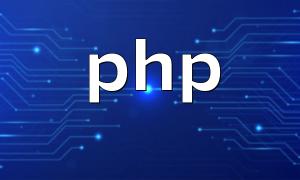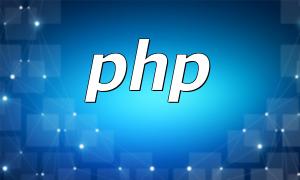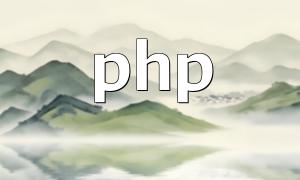In large-scale PHP projects, effective collaboration and code management are key to success. Using Git properly ensures code consistency, quality, and smooth teamwork. This article shares practical strategies for managing collaboration in large PHP projects with Git.
Before starting collaboration, it’s crucial to define a clear Git workflow. A typical and efficient workflow includes the following steps:
This process helps maintain the stability of the main branch while allowing parallel development among multiple team members.
Defining clear roles and permissions ensures smooth collaboration. Common roles include:
Git’s access control lists (ACL) can be used to manage permissions and ensure project security and control.
Branching is the foundation of Git collaboration. A solid branching strategy minimizes conflicts and boosts efficiency. Recommended practices include:
This approach ensures the main branch remains stable while making it easy to trace or revert specific changes if needed.
Code review is essential for maintaining high-quality code. With pull requests, team members can review and discuss changes before merging them into the main branch.
This process helps identify potential issues early, ensures consistency, and promotes knowledge sharing within the team.
Consider a team developing a large PHP-based e-commerce system:
This workflow allows the team to track every change clearly, minimize merge conflicts, and maintain project stability.
In large PHP projects, Git serves as more than just a version control tool — it’s the foundation of team collaboration and quality assurance. By establishing a consistent workflow, clear role definitions, effective branching, and thorough code reviews, teams can collaborate efficiently, reduce conflicts, and ensure the long-term success of their projects.








